Happy Easter! No Portuguese Easter table is complete without a Folar da Páscoa! This sweet, enriched bread is a beloved holiday staple across Portugal, with every region boasting its own special twist or variation. Some versions are packed with spices, others with citrus zest, and many traditionally feature a boiled egg nestled on top—though. this particular recipe skips that step, simply because, well, it’s not for everyone, including me, i dont like having to cut slices around the egg or having to take the pieces of shell around the slices… there is a japanese word for it… mendokusai! ;D
Well whether its homemade or store-bought, almost every Portuguese household enjoys a few of these during Easter. Soft, slightly sweet, its perfect fresh with a cup of coffee or tea, but it’s even better if you slice and toast it… ohhh perfection, this bread is as comforting as it is festive. And like all great family traditions, there’s always room for a little tweaking, so if you’re baking your own this year, try this version and if you think you can improve on it… don’t be afraid and make it your own! Let’s check the recipe!
Traditional Portuguese Easter Sweet Bread • Folar de Portugal
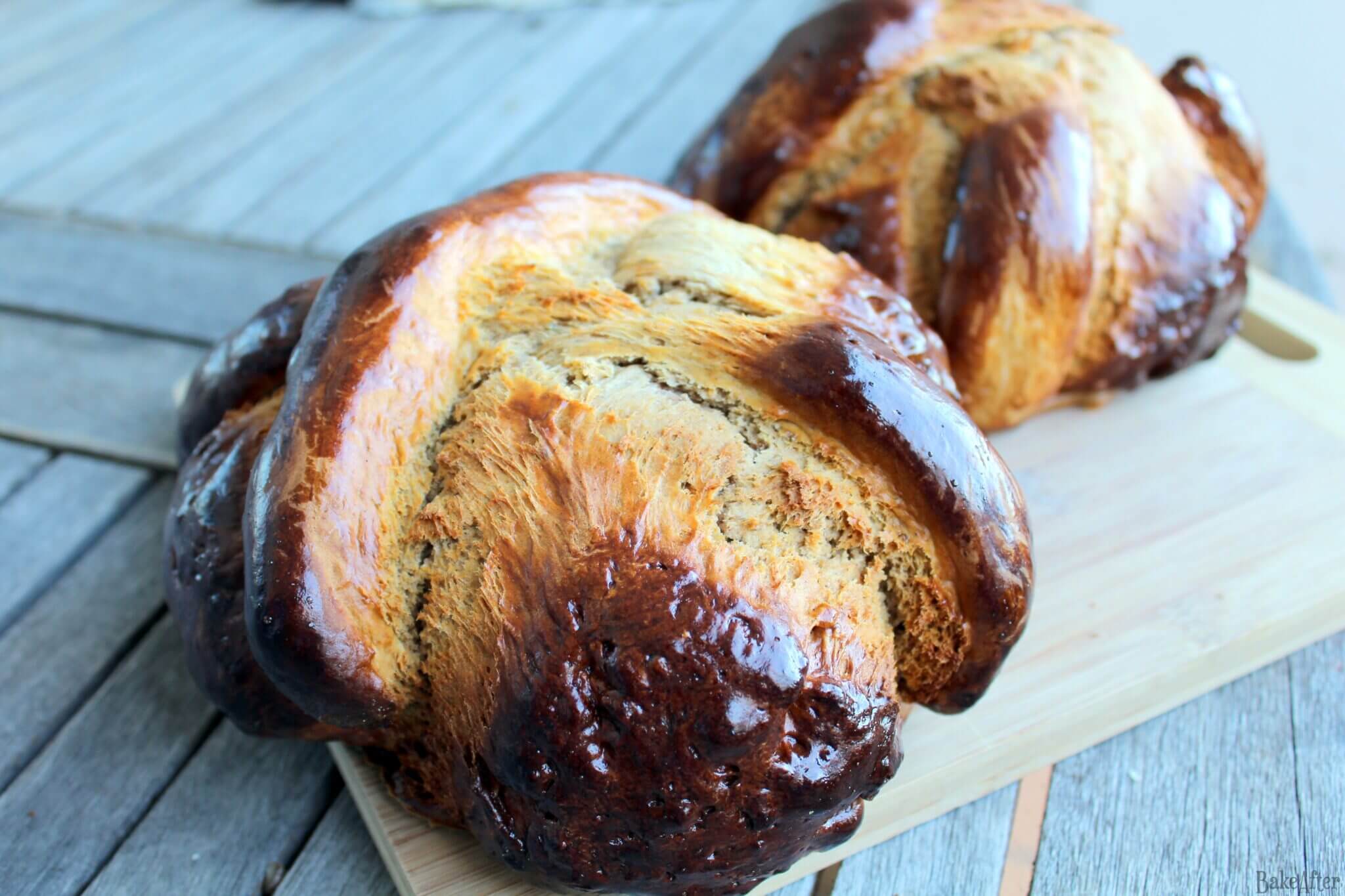
Another classic portuguese easter bread to try and bake at home, these are delicious, soft, slightly sweet with a hint of spices, it really makes Easter even better!
Ingredients
- Flour – 1kg
- Baker’s Yeast – 50gr (Fresh)
- Butter – 100gr
- Sugar – 240gr
- Eggs – 5
- Milk – 200ml (Warm)
- Cinnamon – 2 teaspoons
- Fennel – 2 teaspoons
- Salt – A pinch
Directions
- Start by dissolving the yeast in a bowl with the warm milk and a tablespoon of flour, mix and wait about 20 minutes for the yeast to activate.
- After this time, in a large bowl, add the yeast and flour mixture, the remaining flour, the sugar and 4 eggs, mix well.
- Then add the soft butter, cinnamon, fennel and a pinch of salt, mix well until a ball of dough forms.
- Now remove the ball of dough to a table dusted with flour and knead the dough until it’s super smooth (it took me about 15 minutes).
- Put the ball of dough into a large bowl, cover with a cloth and leave in a warm place for about 3 hours until the dough has tripled in size.
- After this time, take the dough out of the bowl again, remove four small pieces and make 4 strips, then divide the rest of the dough into 2 balls, knead them a little and place them on a baking tray lined with non-stick paper, adding 2 of the strips in a cross shape on top of each ball.
- Whisk 1 egg and generously brush each ball of dough, cover again with a cloth and leave them to rise for another 1 hour.
- Then place the sweet breads in a preheated oven at 190ºC, cover with aluminium foil and bake for about 30 minutes until golden brown and cooked through, using a toothpick if you’re not sure, the last minutes, take the aluminum foil off to just bake a bit more the exterior.
- And that’s it, take it out of the oven and leave it to cool before cutting, bon appetit and Happy Easter.
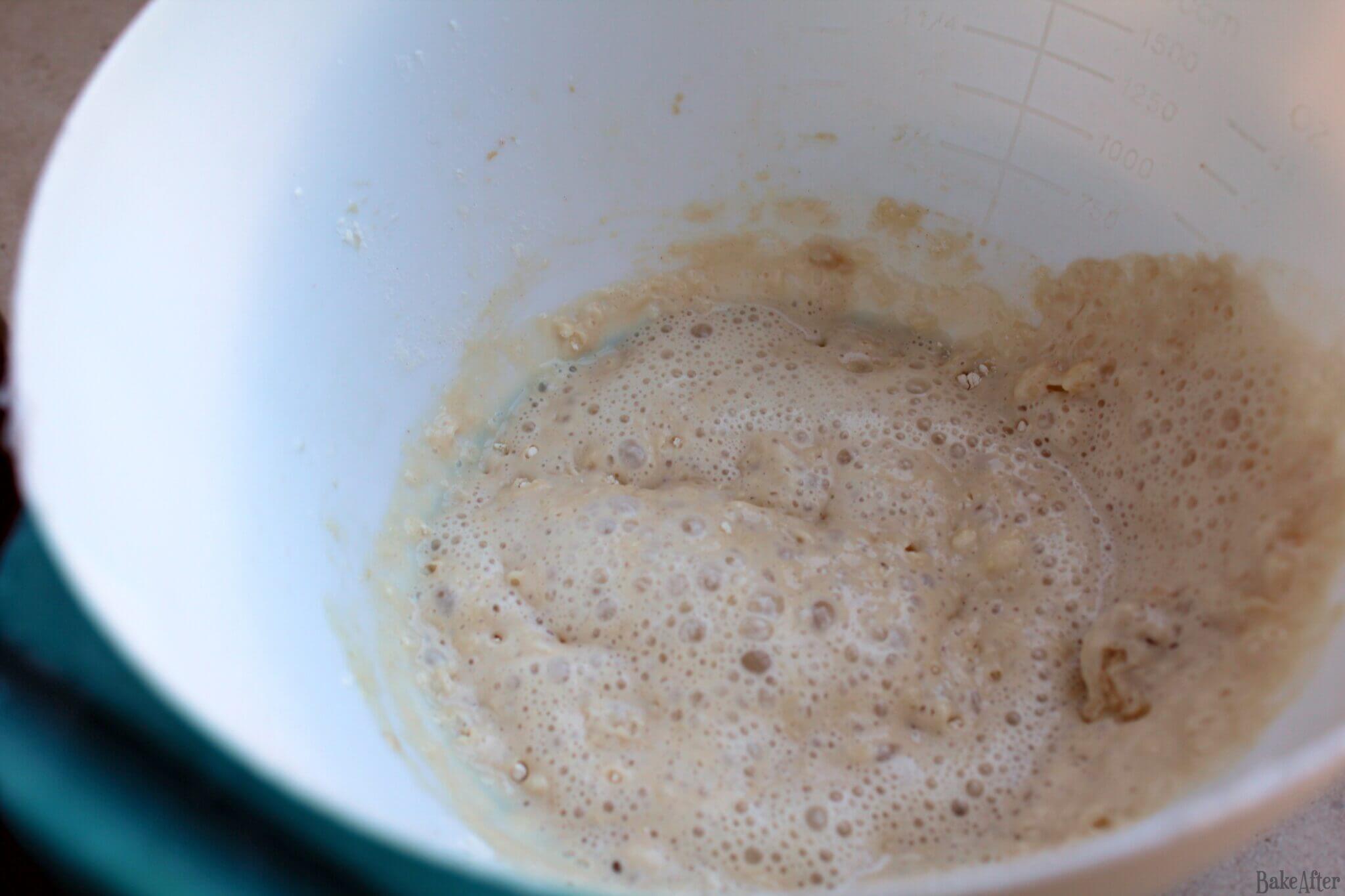
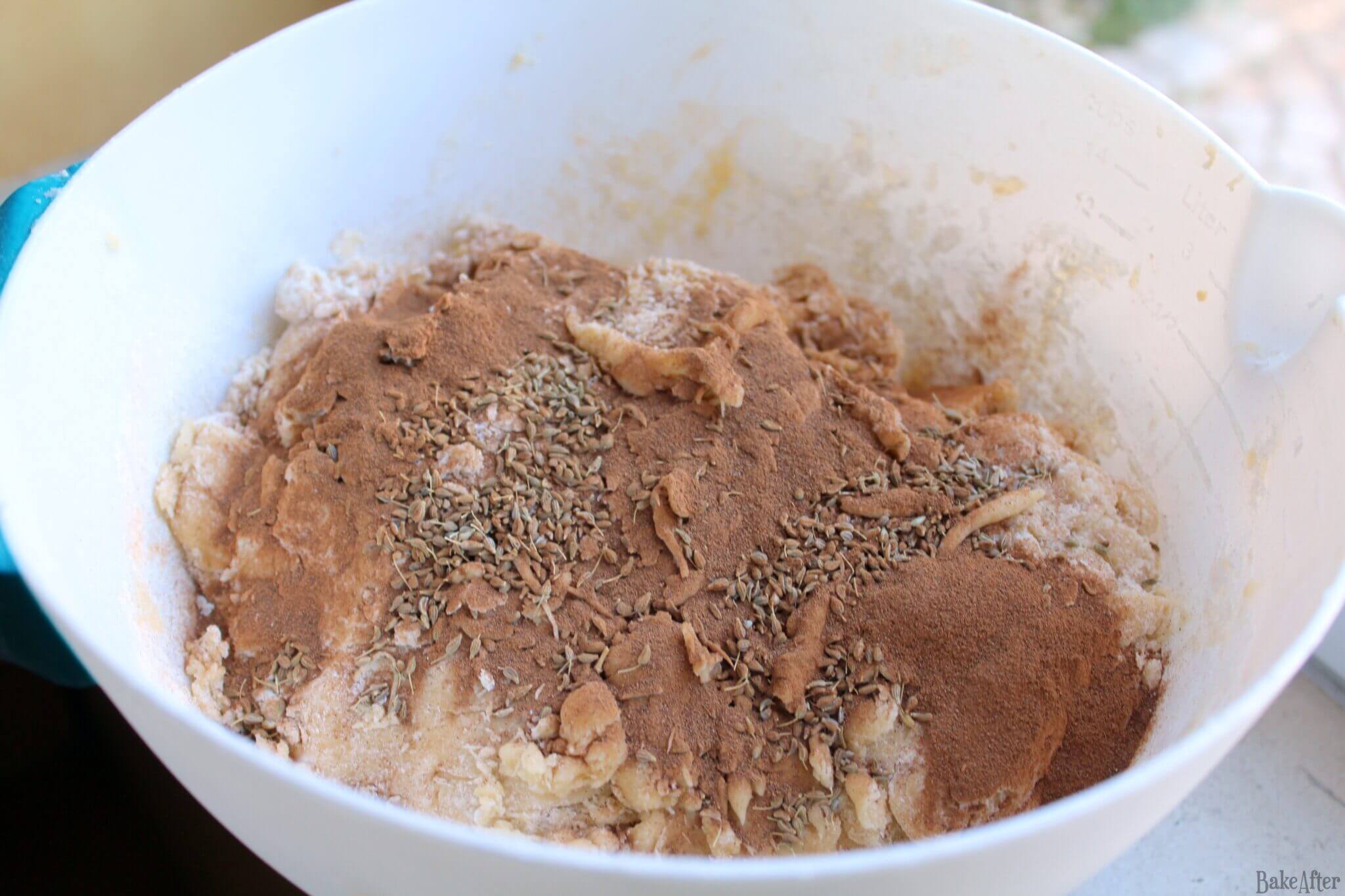
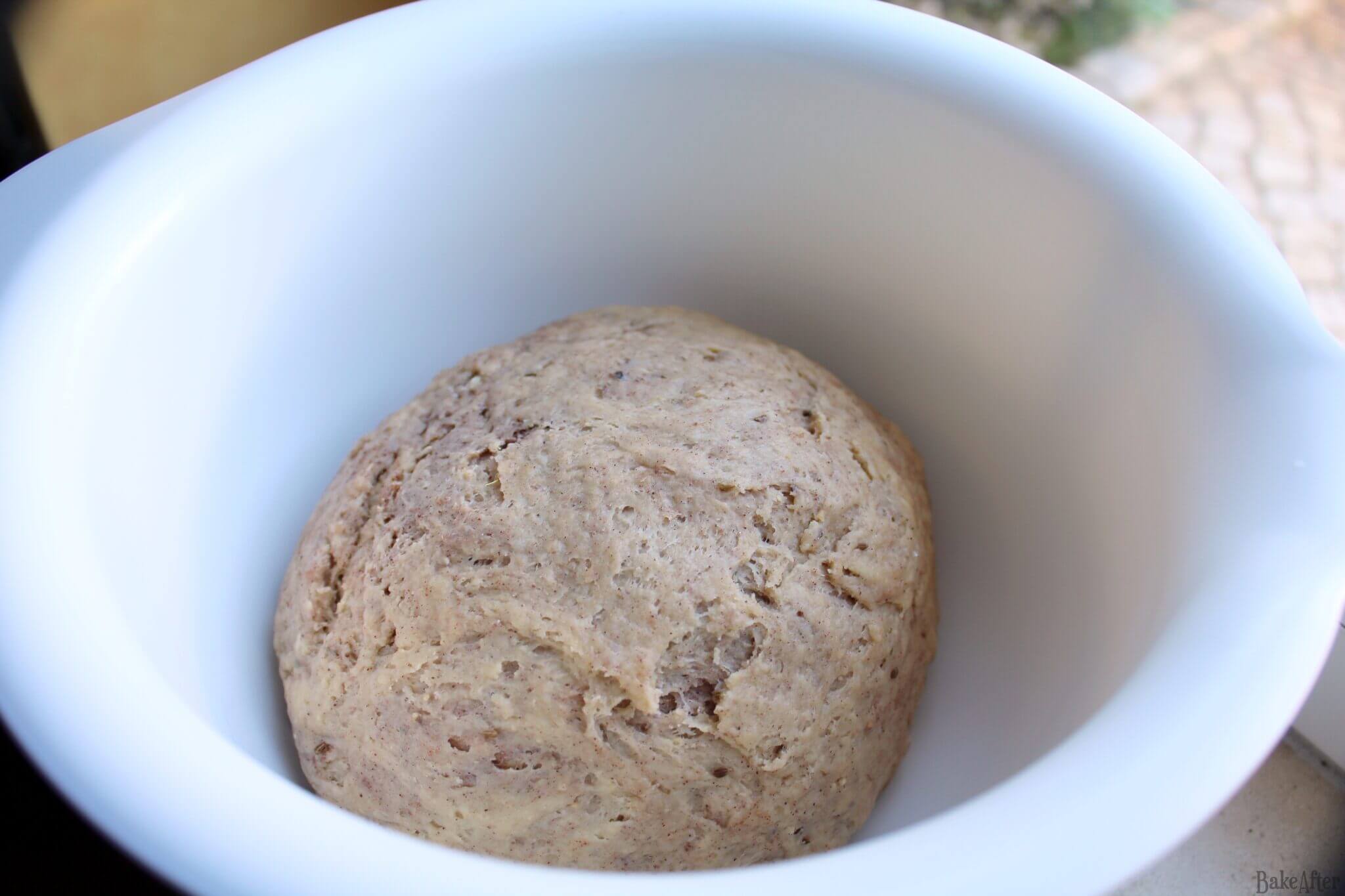
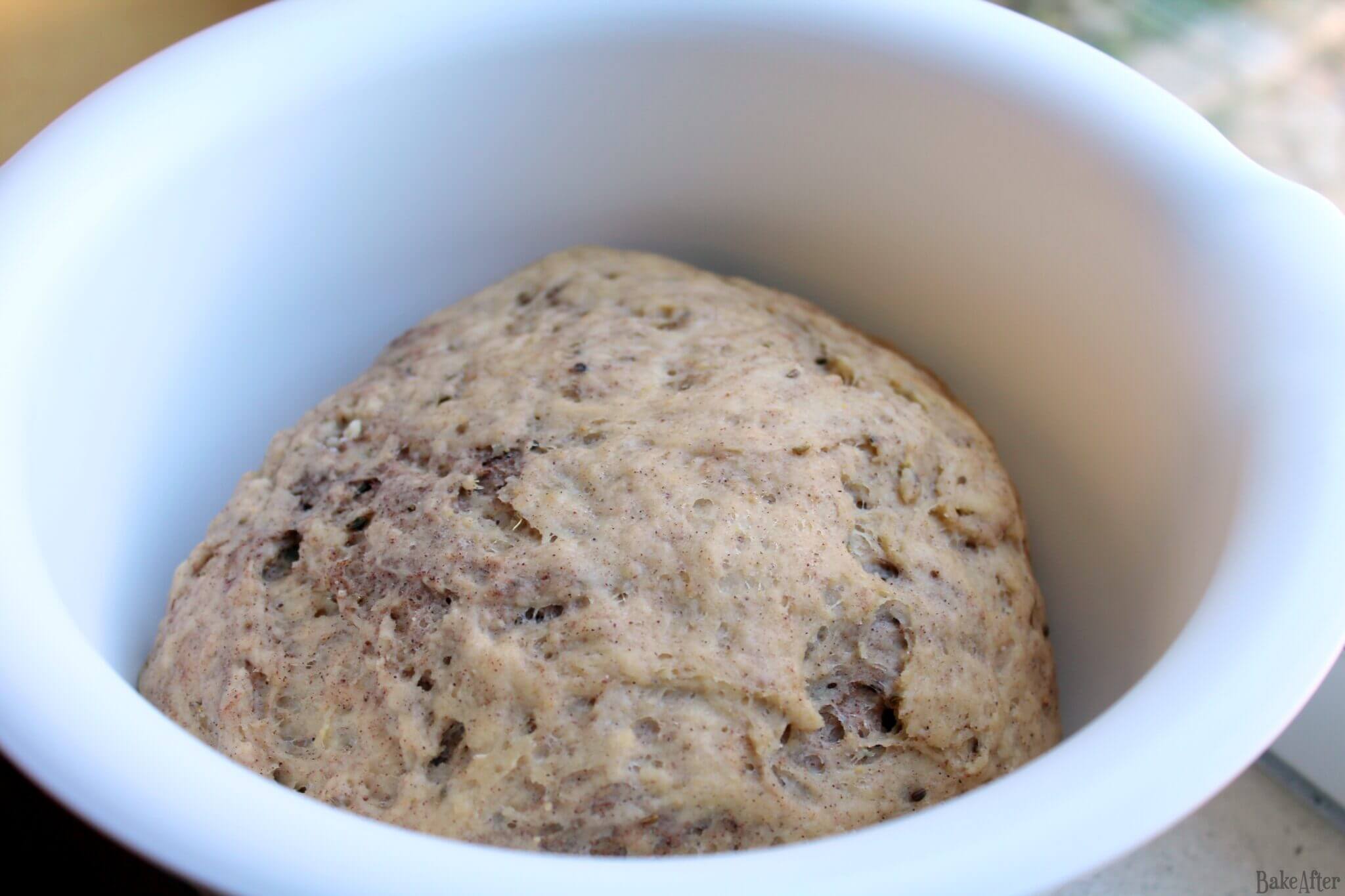
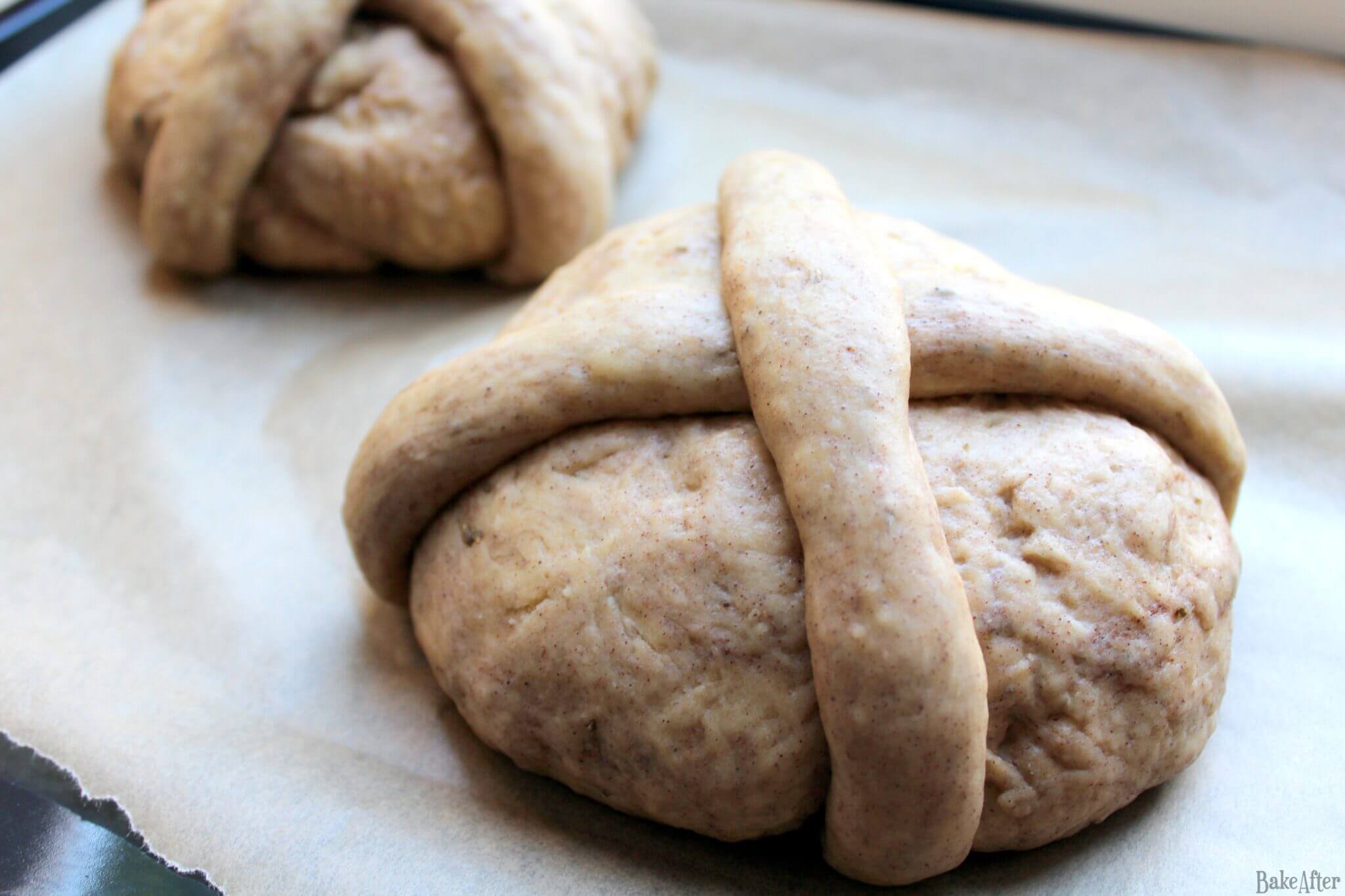
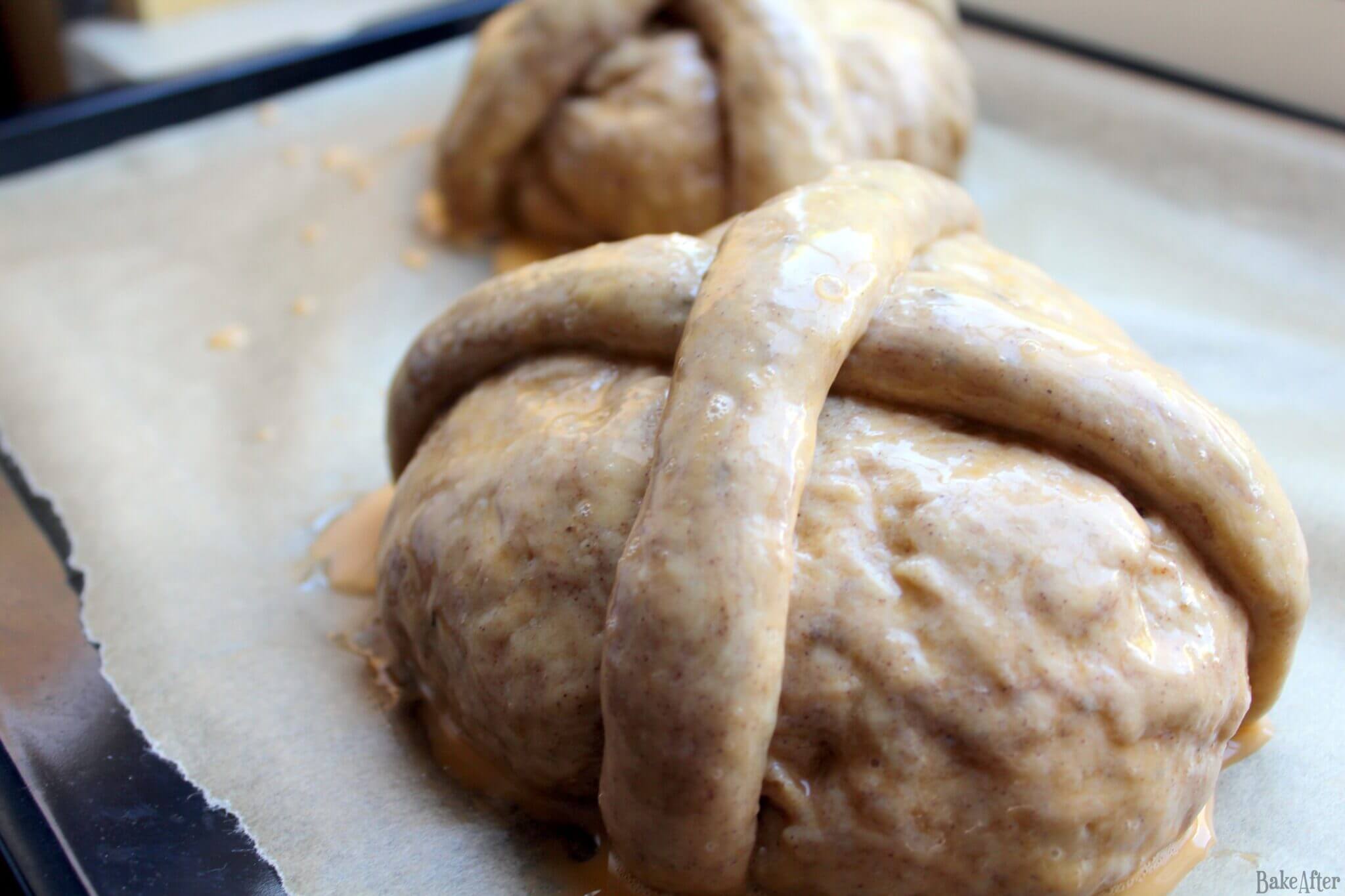
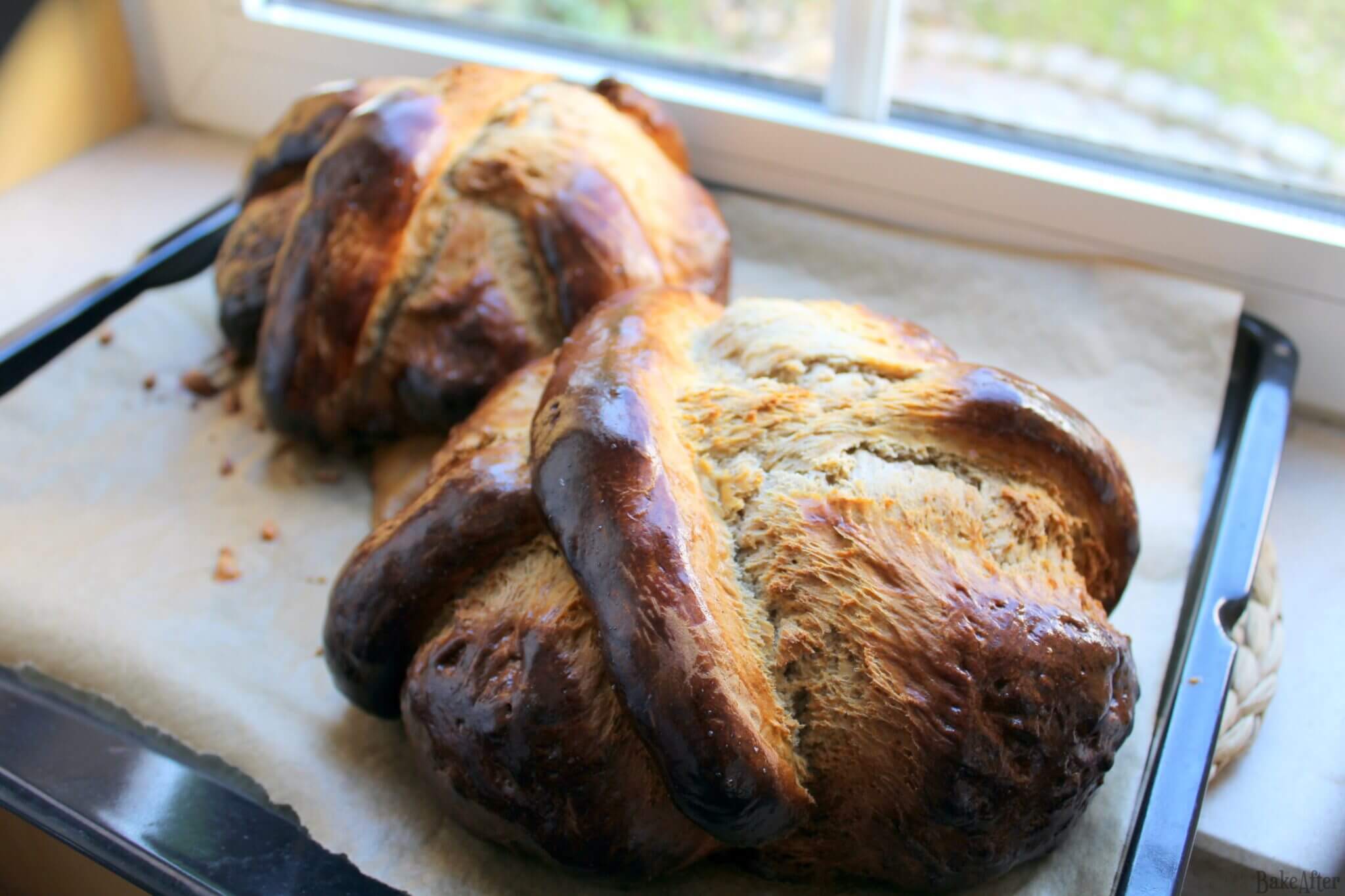

If you don’t have fresh baker’s yeast, just use dry baker’s yeast, use the amount the packet advises, normally its 1 packet per 500gr of flour, so for this recipe, you would need 2 packets and follow their instructions to activate the yeast.
This recipe for Traditional Portuguese Easter Sweet Bread • Folar de Portugal was originally created on BakeAfter.com. Esta receita de Folar Tradicional da Páscoa foi publicada em português no Iguaria.com.
Nutrition
5814 calories; 122 g fat; 1000 g carbohydrates; 151 g protein.Did you try this recipe?
Let me know how it turned out for you! Do you like these Easter traditions? What about your country, what its your Easter baking traditions? Leave a comment below ;D
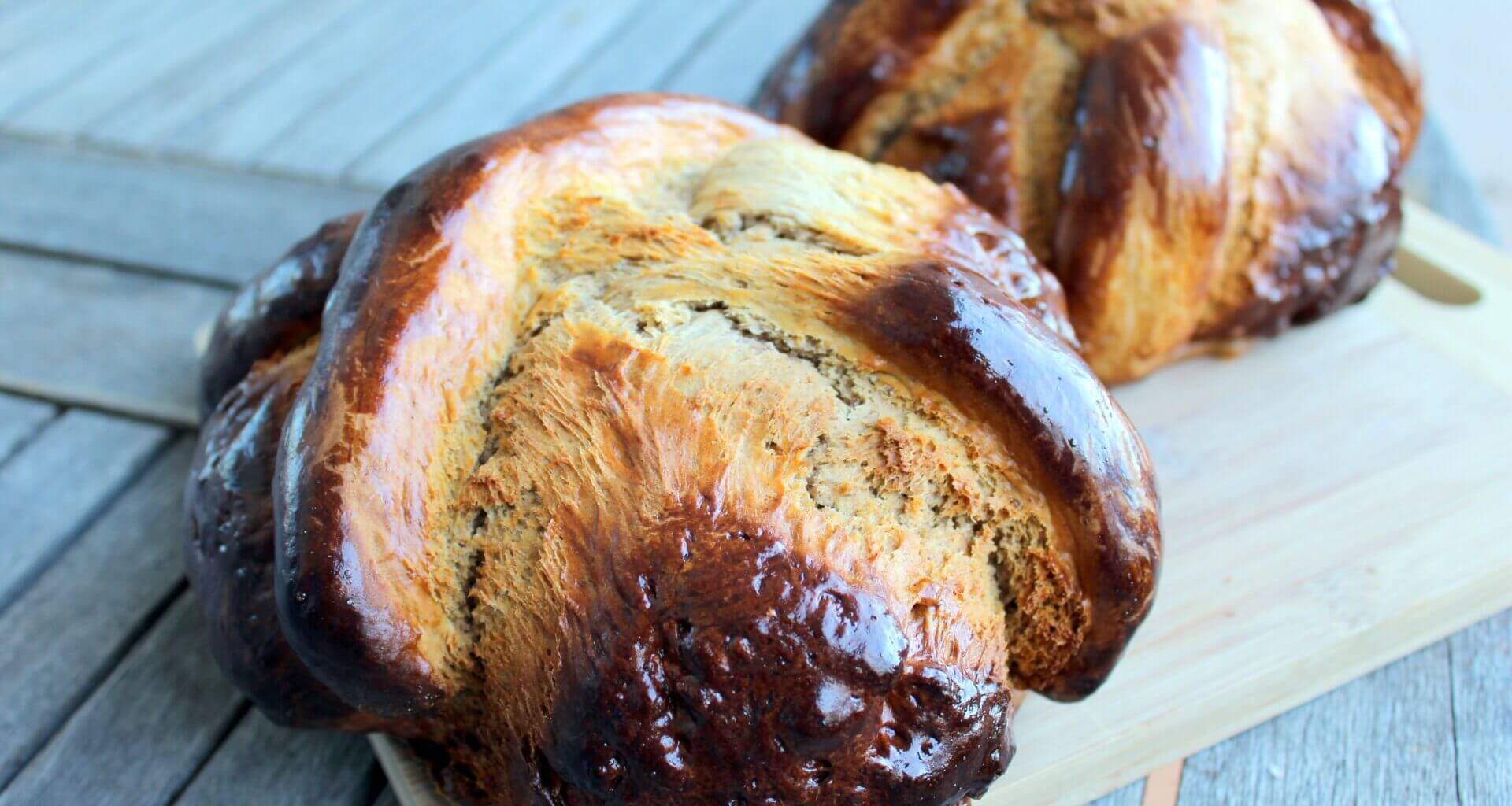
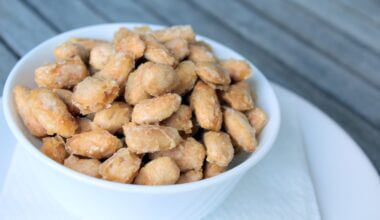




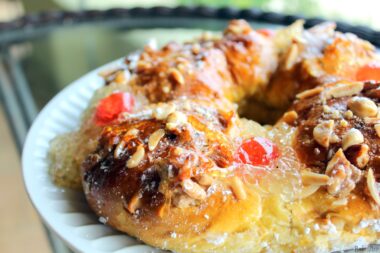
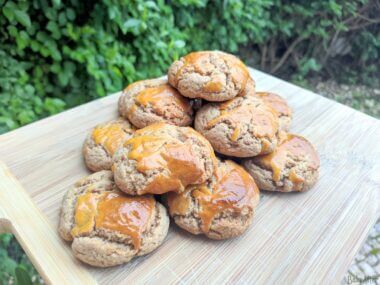

2 comments
What a gorgeous, festive bread 🙂 the cross design is such a beautiful touch for Easter!
Absolutely, here in Portugal this or with a boiled egg is the classic visual of Easter hehehe There are loafs everywhere the eye can see ;D